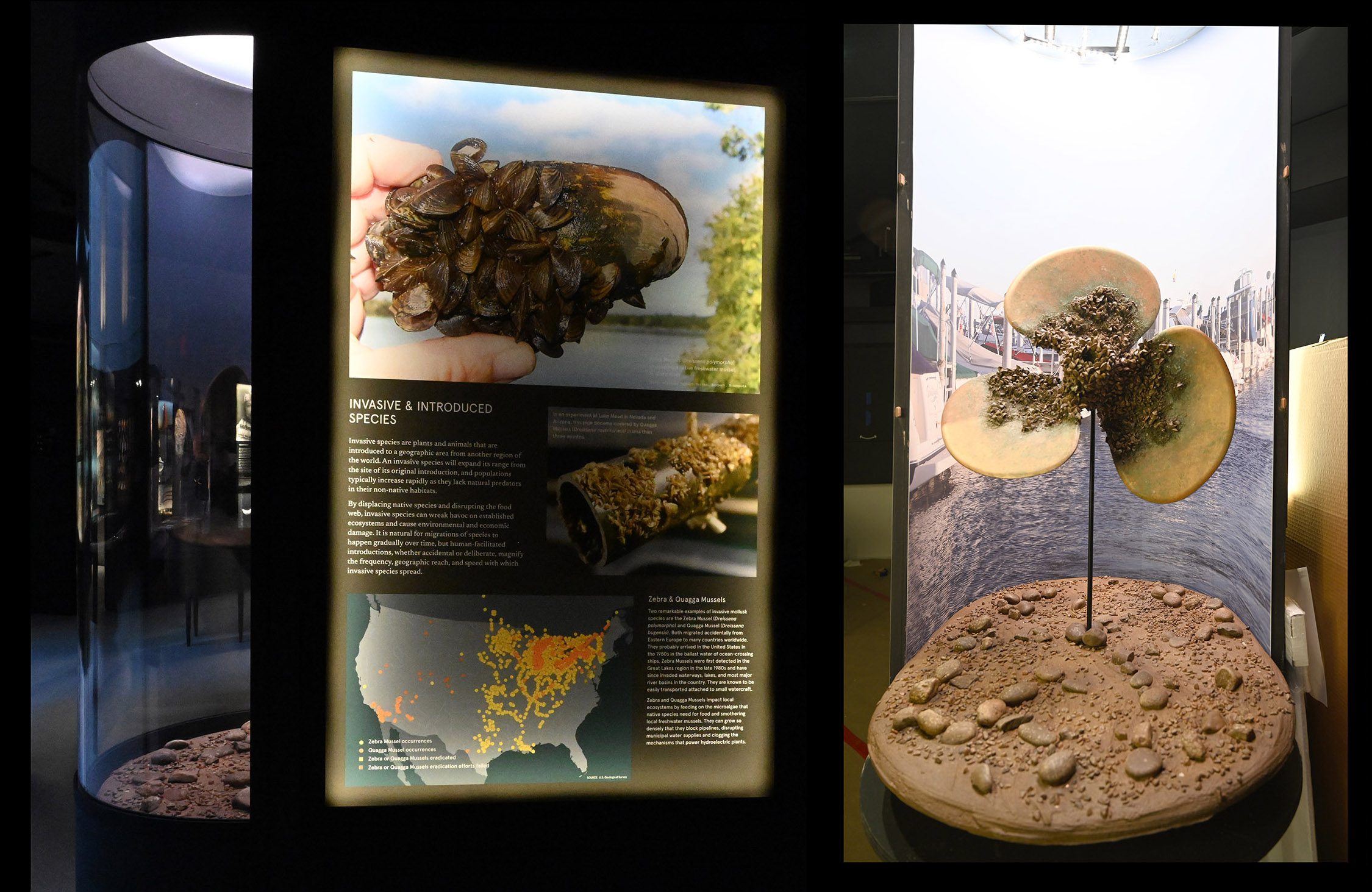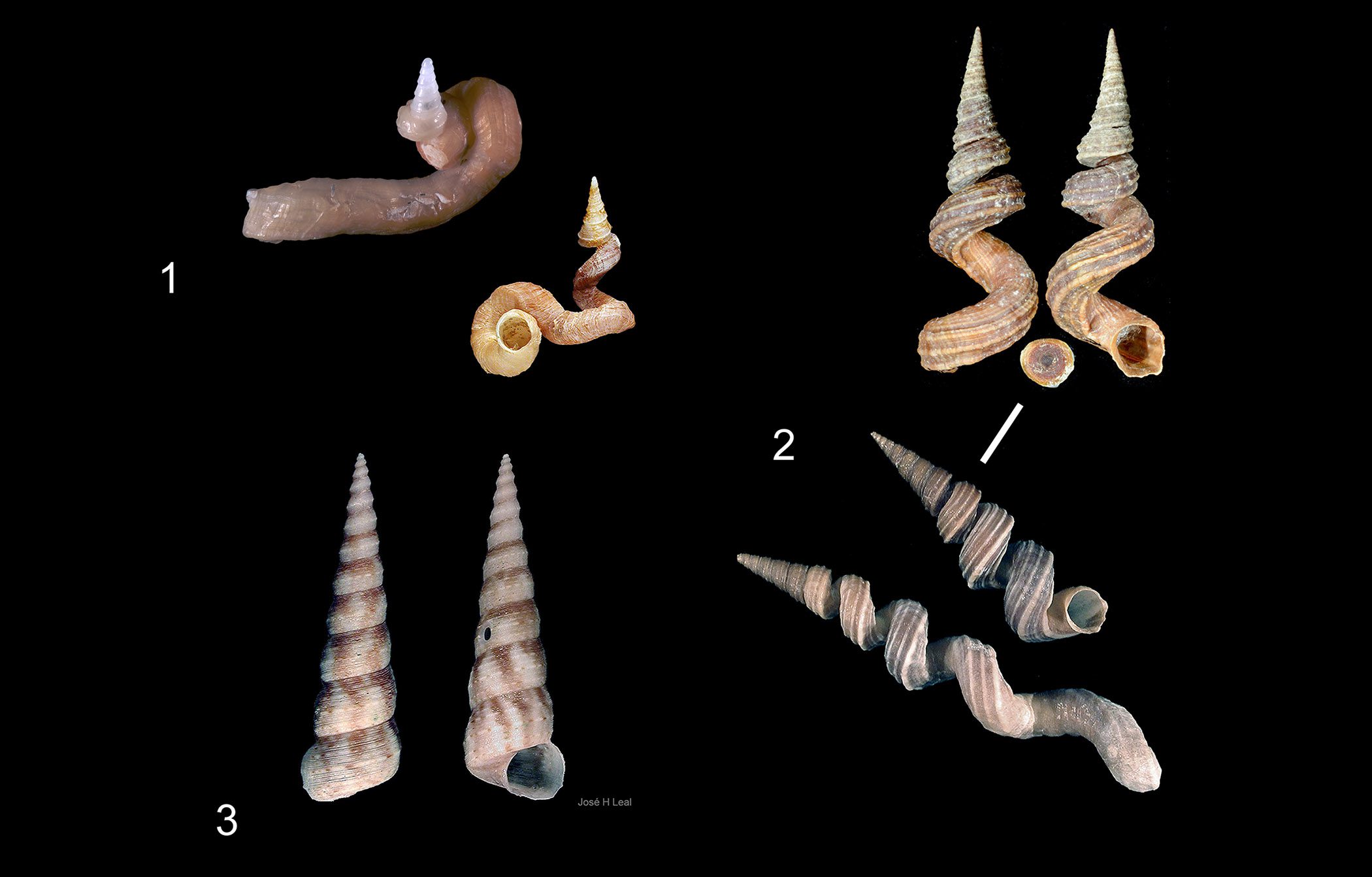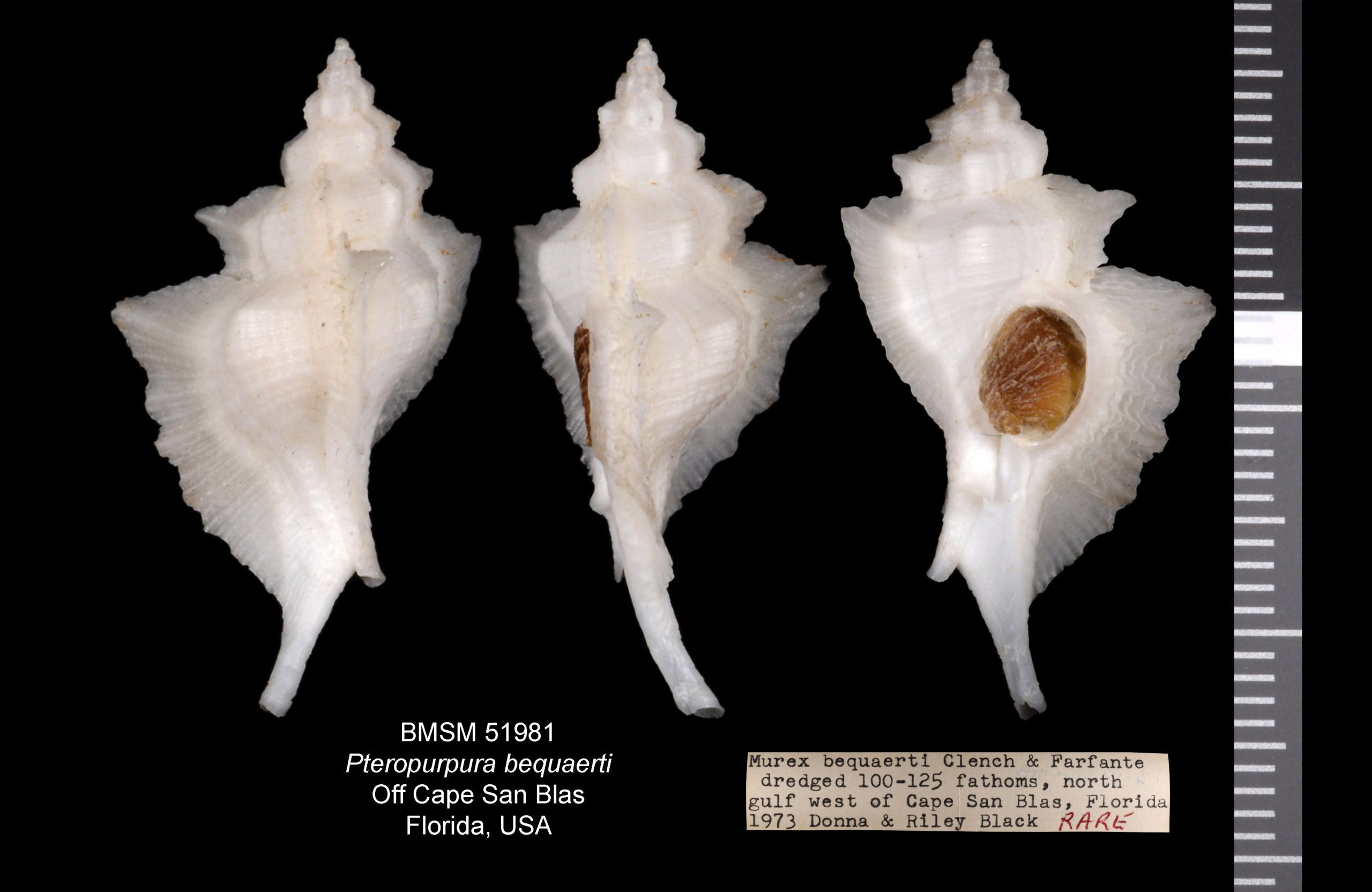The Rough Scallop, Aequipecten muscosus (W. Wood, 1828), is one of three species of shallow-water scallops consistently found on the coast of Southwest Florida. Ten years ago, in February 2010, the beach at the east end of Sanibel Island was swarmed by large numbers of empty Rough Scallop shells. That in itself would be unusual, as the species is anything but common. But, in addition the large numbers present, both valves of those Rough Scallop shells were covered with sponge colonies. A little research revealed that the sponge was Myxilla incrustans (Esper, 1905), also known as Rough Scallop Sponge or Scallop Sponge, an allusion to its association with living scallops. (Curiously enough, since 2010 we have no record of a similar stranding episode involving sponge-covered Rough Scallops.)
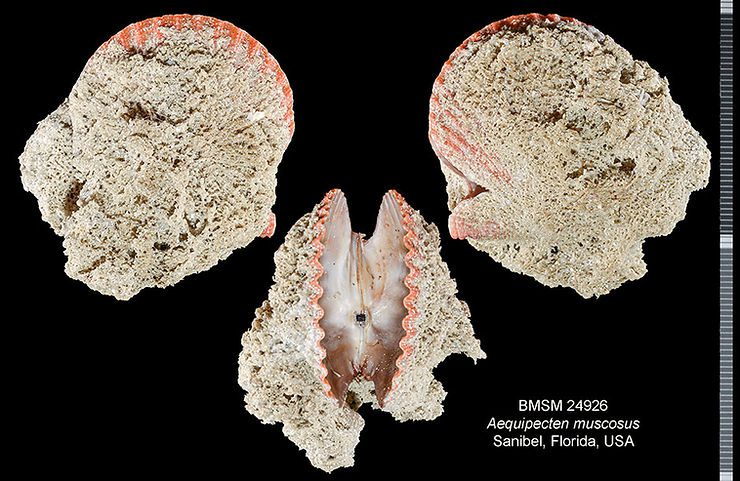 Rough Scallop, Aequipecten muscosus, with sponge Myxilla incrustans. Photo by James F. Kelly.
Rough Scallop, Aequipecten muscosus, with sponge Myxilla incrustans. Photo by James F. Kelly.
The Scallop Sponge has wide geographic distribution, ranging from the eastern and western Atlantic to the northwest Pacific. The sponge is associated with distinct scallop species in different parts of its broad geographic range. The association between sponge and scallop is apparently beneficial to the scallop; the sponge helps camouflage the bivalve and may prevent predatory sea stars from opening its shell using their suction-driven tube feet. The filter-feeding sponge colony in turn benefits from the water flow produced by the filter-feeding bivalve. Moreover, assorted species of sea slugs prey on the sponge, and the scallop will naturally swim away as a sea slug approaches, to the sponge’s advantage. Read more about local mollusks and their shells in the Museum’s Shell Guide.
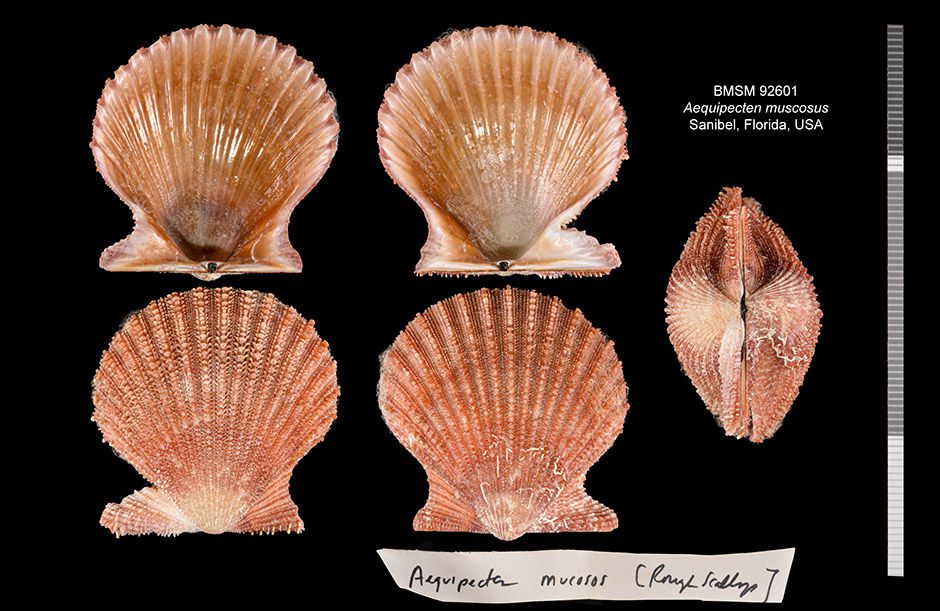 Views of the shell of a Rough Scallop, Aequipecten muscosus, from Sanibel. Photo by James F. Kelly.
Views of the shell of a Rough Scallop, Aequipecten muscosus, from Sanibel. Photo by James F. Kelly.
